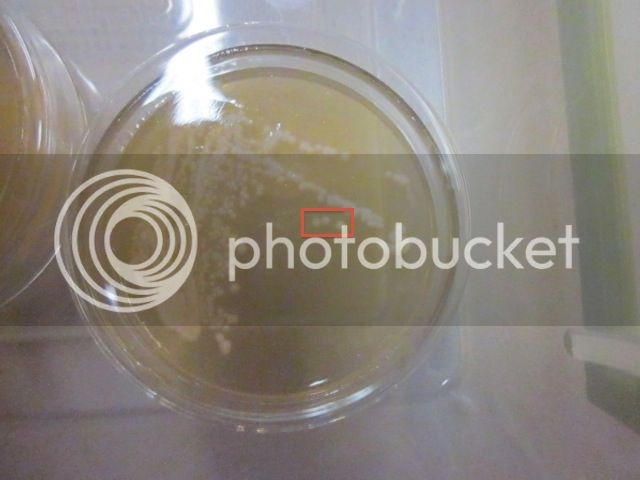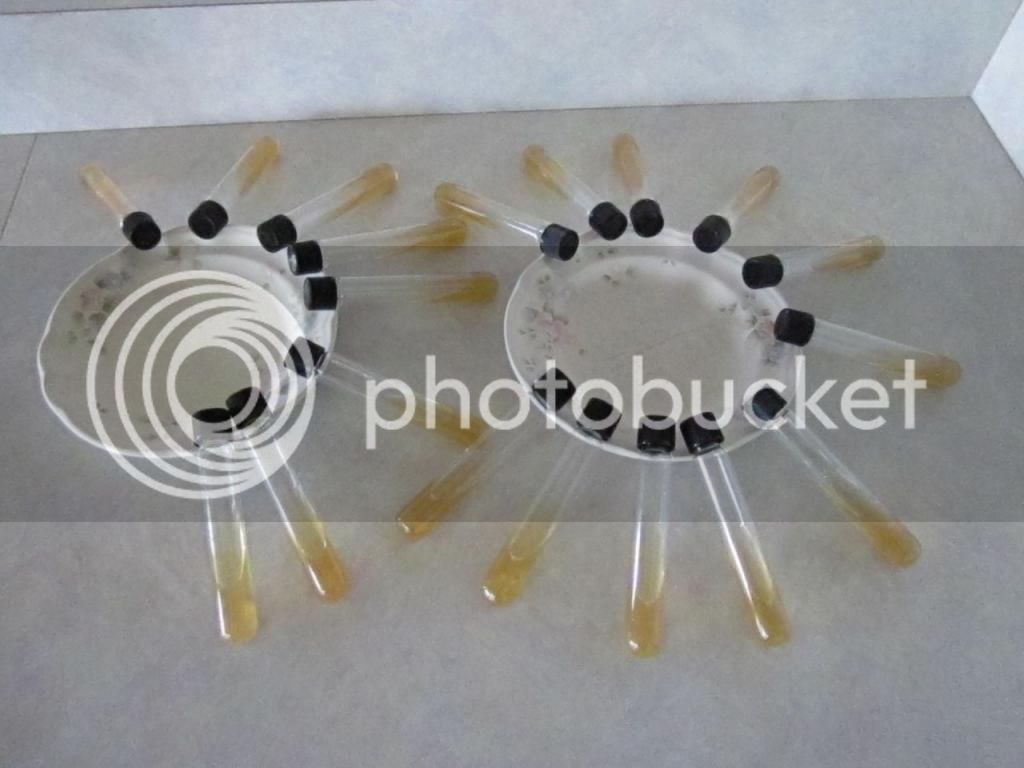Care to elaborate further? Can you give a better routine for reusing yeast (that does not include using a conical or direct pitching into a new ferment)?
Let's start by defining the word "sterile." Boiled water is not sterile. It's more like hyper-sanitary. Sterile means that everything is dead, and moist 212F/100C heat does not kill spores. Water has to be raised to 250F/121C and held there for 15 minutes to render it sterile. As water boils at 212F/121C at normal atmospheric pressure (less at elevation), boiling isn't going to get the job done. We have to raise the pressure under which water is boiled to 15 pounds per square (psi) inch above normal atmospheric pressure in order to delay boiling until 250F/121C is reached. This process is known as "autoclaving." An autoclave is just a lab-grade pressure cooker. Most high-quality pressure cookers are capable of 250F/121C @ 15 psi above normal atmospheric pressure operation.
Let's discuss yeast metabolism. Yeast cells have two metabolic pathways. In the presence of oxygen and glucose concentration levels below the Crabtree threshold of 0.3%, yeast cells respire. During respiration, yeast cells consume a carbon source (e.g., sugar) and produce water and carbon dioxide gas. Above the Crabtree threshold, yeast cells switch into fermentation mode, regardless of dissolved oxygen level. During fermentation, yeast cells consume a carbon source and produce ethanol and carbon dioxide gas. Yeast cells do take in dissolved oxygen while in fermentation mode via the respirative metabolic pathway; however, it is shunted towards the biosynthesis of sterols and unsaturated fatty acids necessary to make their cell walls more pliable. A yeast cell obtains nutrients and expels waste products via its cell wall; therefore, a pliable cell wall is critical to cell health.
Now that we understand yeast metabolism, let's discuss how a yeast culture goes about "owning" a batch of wort. In preparation for fermentation and fermentative growth, the pitched yeast cells rapidly consume dissolved oxygen, which prevents aerobic microflora from reproducing. The pitched yeast cells also lower the pH of the solution to between 4.1 and 4.2. Most types of bacteria are pH sensitive; therefore, they will not grow in an acidic medium. Finally, yeast cells produce ethanol as a waste product. Ethanol is toxic to most microflora. Brewing yeast strains have been domesticated to tolerate much higher ethanol levels than wild microflora.
With that nonsense out of the way, let's answer the question, "Why is washing yeast with boiled tap water a bad idea?" Well, as mentioned above, boiled tap water is not sterile. It also has a near neutral to alkaline pH, which raises the pH of the culture. Finally, boiled water does not possess the antiseptic qualities of ethanol. In essence, we strip away the force field that the culture built for itself and introduce a source of infection when we replace green beer with boiled water. Contrary to what many amateur brewers believe, a culture rinsed with and stored under boiled tap water does not go dormant. The culture remains in the stationary phase where it starves to death and cell autolysis provides an abundant source of nitrogen on which germinated spores can feast.
Let’s answer the question, "Is boiled wort is not sterile?" Yes, boiled wort is not sterile. However, it has an important quality that boiled tap water does not; namely, an acidic pH (usually around 5.2). As mentioned above, most bacteria are pH sensitive; therefore, most of the spores that survive the boil will find less than hospitable conditions after the wort cools. Add in the fact that brewers usually pitch a mass of yeast cells that is large enough to make quick work of consuming dissolved oxygen, lowering the pH even further, and producing ethanol, and it will be difficult for any spore that survived the boil to germinate.
In closing, when it comes to yeast management, less is more. The best way to reuse yeast is to just crop and repitch. If one is trub and hop sensitive (this organic matter does not hurt the culture), the best way that I have found to bottom-crop a relatively clean yeast culture while leaving its ecosystem intact is to leave enough green beer behind while racking to be able to swirl the solids into suspension after racking is complete. One should wait a few minutes to allow the heaviest particulate matter to drop out of solution before carefully decanting the about 250 to 300ml of the liquid fraction into a sanitized 500ml Erlenmeyer flask or other suitable container. It is easier to perform this procedure when cropping from a transparent carboy than an opaque bucket. The culture can be stored in a refrigerator for up to a month without feeding (the culture should be vented); however, I would not go beyond that point without decanting the green beer and replacing it with fresh bitter wort because the culture will start to rapidly lose its viability. One should always keep in mind that cropping is not an effective way to "bank" cultures. The most foolproof way to maintain a bank of cultures in a home brewery is on solid media in the form of agar slants. Yeast stored on slant can live up to two years without being subcultured onto new blank slants. I kept several difficult to obtain cultures alive for ten years using this method. I would still have those cultures today had I not taken an extended hiatus from the hobby.
















































![Craft A Brew - Safale BE-256 Yeast - Fermentis - Belgian Ale Dry Yeast - For Belgian & Strong Ales - Ingredients for Home Brewing - Beer Making Supplies - [3 Pack]](https://m.media-amazon.com/images/I/51bcKEwQmWL._SL500_.jpg)














